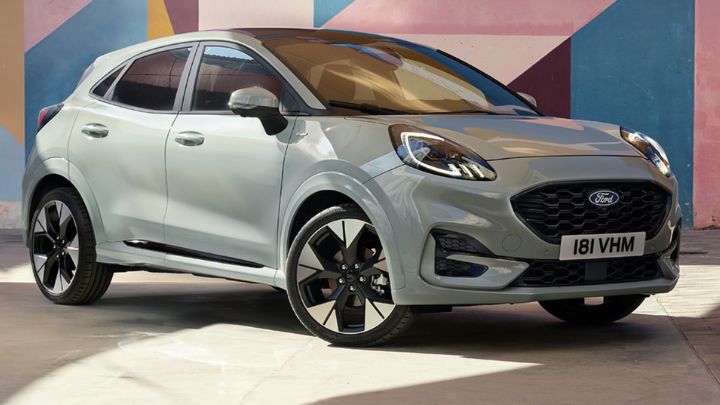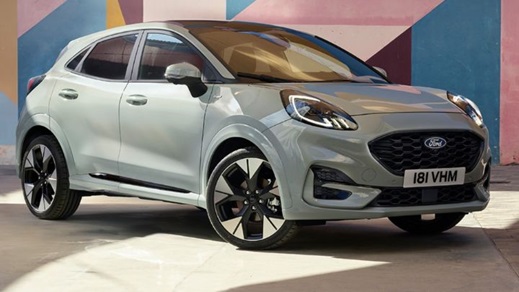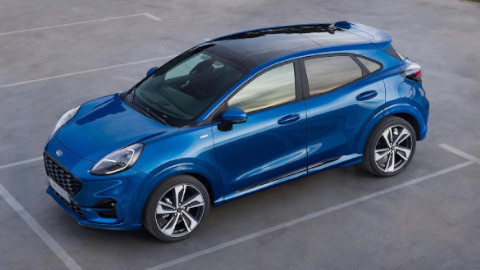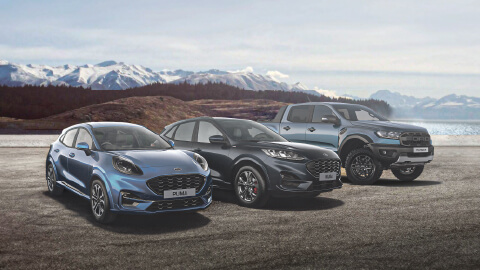
Unlock the Power of Zero with 0% APR*
For a limited time, unlock 0% APR* across selected Ford new car models! Many in stock and available for immediate delivery.
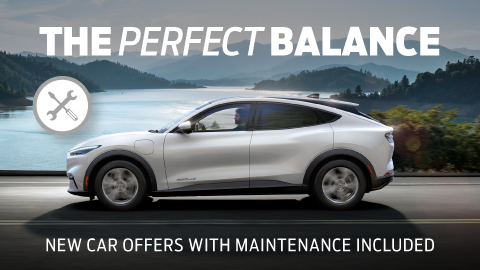
Find The Perfect Balance with Evans Halshaw Ford
Take advantage of our perfect balance offers on selected new cars across the range, with full maintenance included.
Introducing the Ford Puma
After a series of design enhancements, the new Ford Puma showcases an athletic appearance and a roomier cabin that provides more comfort and practicality to driver and passengers.
Equipped with excellent onboard technology, easy connectivity with smartphones is guaranteed, providing a stress-free experience and facilitating access to useful information.
The spacious interior cater to most lifestyles, with enough room in the rear seats for a pleasant experience. The boot was designed to accommodate a family’s day-to-day necessities, and it can be enlarged by folding the back seats flat.
This SUV crossover, is fuel efficient and doesn’t require being plugged-in to recharge. With an elaborate system that helps reduce CO2 emissions, the Puma is an alternative to people looking for a vehicle that is less harmful to the environment.
Design and Practicality
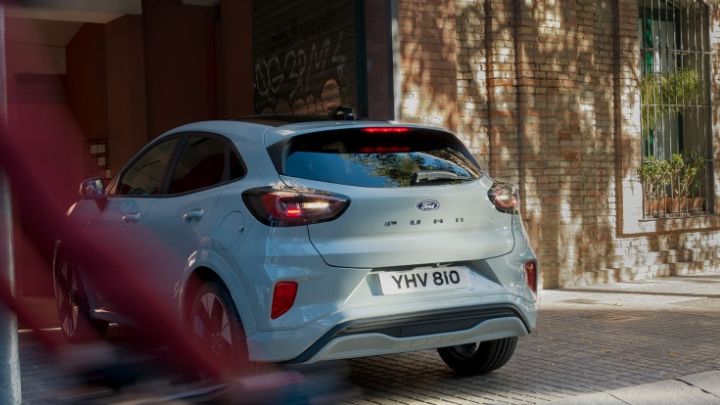
The new Ford Puma has been through a design enhancement that accentuates its best features and provides extra comfort to driver and passengers.
Sporting an athletic design, the headlights bring a sense of freshness to the exterior with its LED light signature. The changes in the front grille are also noticeable, as it has been enlarged and the Ford logo badge sits now in the middle of the grille.
Even though the new Puma showcases exciting new features externally, most changes and improvements can be witnessed in the cabin. The spacious seats were ergonomically designed with headrests and adjustable sliding armrests to provide premium comfort to everyone onboard.
The boot holds 456 litres worth of items, space that can be extended to 1,126 litres with the rear seats folded flat. In addition to regular storage, the Puma comes with a Megabox (storage container that's located under the boot), ideal for the transportation of items that would cause a mess on the carpet.
Technology and Safety
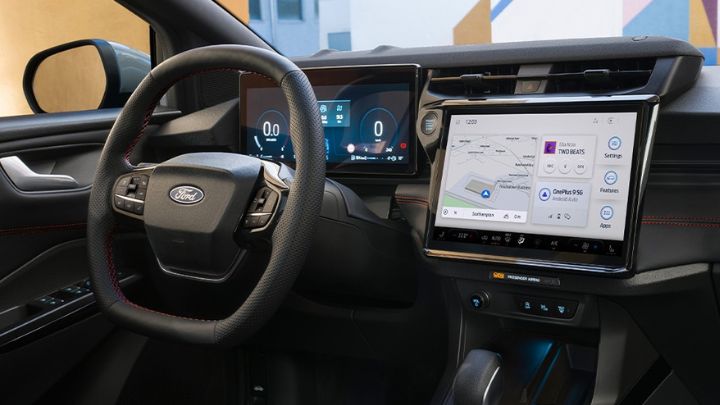
Equipped with excellent technology, the 12-inch screen infotainment system comes with the SYNC 4 pre-installed, providing seamless connectivity with smartphones and their respective operating systems for cars, such as Apple CarPlay and Android Auto.
Aiming at providing the maximum comfort and ease, the Alexa and voice recognition app come built-in with the infotainment.
Proving a safe journey has always been a priority, the new Ford Puma is equipped with a range of safety features that includes:
- 360-degree Camera
- Intelligent Adaptative Cruise Control
- Blindspot Information
- Reverse Brake Assist
Engines and Performance
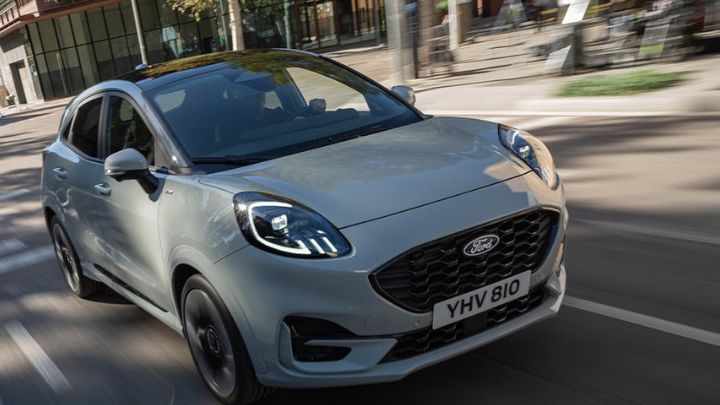
Designed to be used in the city where traffic can be slow and force you to adopt a ‘stop-start’ driving dynamic, the new Puma comes equipped with a 7-speed automatic dual-clutch transmission which should help with fuel efficiency and provide excellent performance.
Available as a mild hybrid, this vehicle comes with a choice of motors that can be found in manual and automatic trims that provide engaging and comfortable driving.
The engines below are available in the regular model, except for the 168bhp 7-Speed automatic, which is exclusive to the performance ST models.
- 1.0-litre mild hybrid: 123bhp 7-Speed Automatic (0 to 62mph in 9.6 seconds and up to 49.5mpg)
- 1.0-litre mild hybrid: 123bhp 6-Speed Manual (0 to 62mph in 9.8 seconds and up to 52.3mpg)
- 1.0-litre mild hybrid: 152bhp 7-Speed Automatic (0 to 62mph in 8.7 seconds and up to 49.5mpg)
- 1.0-litre mild hybrid: 168bhp 7-Speed Automatic (0 to 62mph in 7.4 seconds and up to 47mpg)
Charging
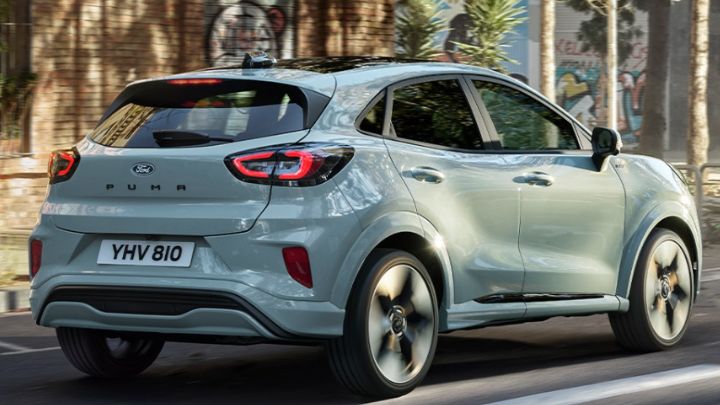
As a self-charging mild hybrid, the new Ford Puma doesn’t require plugging in at all to be charged. The vehicle uses its regenerative braking system to provide support to the combustion engine to recharge the battery.
This dynamic helps with fuel economy, making the process much more fuel efficient and helps reduce CO2 emissions.
Test drive the Ford Puma
If you’re in the market for a sporty looking vehicle, that combines comfort, safety and great technology and helps reduce carbon dioxide emissions, the new Ford Puma is certainly a convenient choice.
You can book a test drive or request more information about the new Puma at your local Evans Halshaw dealership where one of our friendly team members will be on hand to help you.


